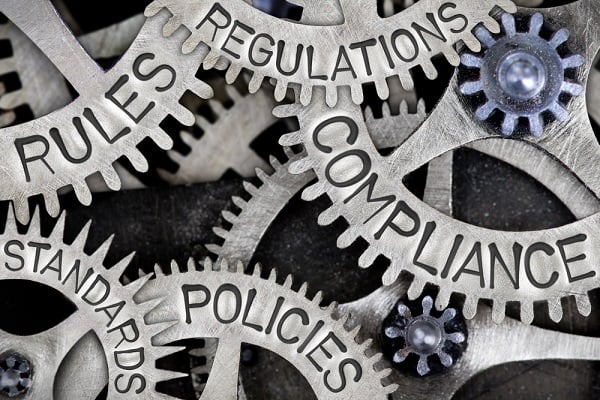 On the horizon over the next several months are proposed regulations regarding joint employment, the regular rate of pay and the salary threshold for the FLSA'a “white-collar” exemptions. (Photo: Shutterstock)
On the horizon over the next several months are proposed regulations regarding joint employment, the regular rate of pay and the salary threshold for the FLSA'a “white-collar” exemptions. (Photo: Shutterstock)
As Secretary Alexander Acosta has settled into his position at the U.S. Department of Labor (DOL), employers are seeing several new compliance initiatives. From the creation of the Office of Compliance Initiatives, to the six-month extension of the payroll audit independent determination pilot program, to the issuance of multiple new opinion letters and field assistance bulletins, the DOL and its wage and hour division (WHD) have been busy at work.
Recommended For You
Complete your profile to continue reading and get FREE access to BenefitsPRO, part of your ALM digital membership.
Your access to unlimited BenefitsPRO content isn’t changing.
Once you are an ALM digital member, you’ll receive:
- Breaking benefits news and analysis, on-site and via our newsletters and custom alerts
- Educational webcasts, white papers, and ebooks from industry thought leaders
- Critical converage of the property casualty insurance and financial advisory markets on our other ALM sites, PropertyCasualty360 and ThinkAdvisor
Already have an account? Sign In Now
© 2025 ALM Global, LLC, All Rights Reserved. Request academic re-use from www.copyright.com. All other uses, submit a request to [email protected]. For more information visit Asset & Logo Licensing.








